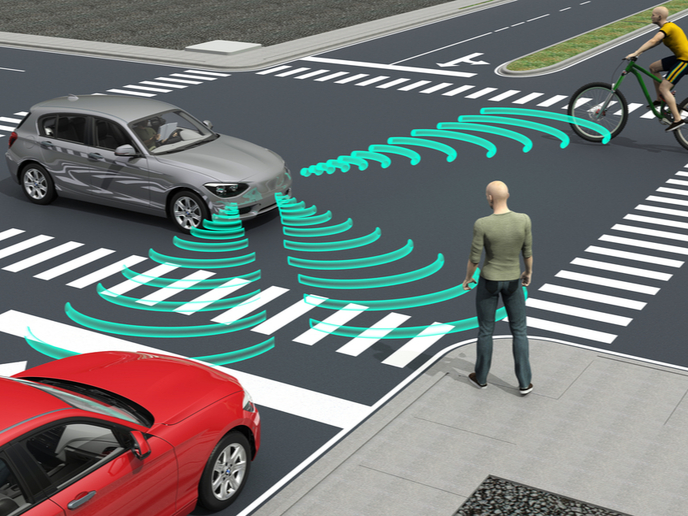AI assesses the safety and resilience impacts of changes to ATM systems
While automation offers solutions for better management of our increasingly crowded skies, it also brings risks, if not properly mitigated. The high numbers of people travelling by air, coupled with an expanded range of non-conventional aircraft, including various unmanned vehicles, makes the skies ever more challenging to manage. The FARO(opens in new window) (saFety And Resilience guidelines for aviatiOn) project was funded within the framework of the SESAR Joint Undertaking(opens in new window), a public-private partnership set up to modernise Europe’s air traffic management (ATM) system. SESAR aims to increase the efficiency and environmental friendliness of European airspace by developing and harnessing cutting-edge technologies – especially those that automate operations. To quantify their likely impact, SESAR applies cost-benefit analysis to key performance areas like safety, capacity and operational efficiency. To support this performance-driven approach, the EU- and industry-funded FARO project has developed a set of methodologies and techniques to assess ATM safety and resilience. “Stakeholders have remarked that our pioneering approach allows them to take real events, such as adverse weather conditions, and assess the benefits that system changes, such as new traffic procedures, bring to safety/resilience levels,” says Christian Eduardo Verdonk Gallego, project coordinator. Benefiting from the collective expertise of its consortium, including air navigation service providers, the project is also developing safety and resilience guidelines. Additionally, the team’s investigation techniques have already been outlined in ‘Open Research Europe’(opens in new window).
Balancing safety and resilience
Changes to the operating environment of ATM, including technological upgrades and procedural changes, can have unintended, sometimes dangerous, consequences. If operators could evaluate the likely impact of changes beforehand, they could mitigate them. FARO’s approach identifies features – such as workload, weather conditions and number of delayed aircraft – that are relevant for modelling safety and resilience from technical, organisational, human and procedural perspectives. The project’s key innovation is a computer model, based on Bayesian Belief Networks(opens in new window), which can graphically represent the probable relationship between different variables in a system and its impact on safety. “This model captures how the competing goals of ATM systems, especially during unexpected events, ultimately influence air traffic safety, including indications of where the ATM proves resilient alongside the reasons why,” adds Verdonk Gallego from CRIDA(opens in new window) (website in Spanish only), the project host. The project used natural language processing to extract detail from the free text of Spanish and British air safety reports, and then applied computational techniques, like topic modelling and clustering, to categorise factors that contributed to incidents but were often overlooked, such as excessive workload.
Redesigning Barcelona ATM
FARO validated its approach in three real-world ATM use cases in Spain. Two were operational changes: the deployment of ‘direct route airspace’(opens in new window) around Santiago – studied in conjunction with project partner ENAIRE(opens in new window); and the ‘resectorisation’ of the airspace above Barcelona feeding the Balearic islands. The third case study was concerned with automation, with approach controllers at Barcelona airport receiving information directly downlinked from aircraft. FARO accessed and analysed data going back to 2013 to be able to compare the situation before and after the changes in each use case were introduced. “In each case our model accurately predicted safety levels, and also, for the first time, captured operators’ strategies as they responded to changing traffic levels,” explains Verdonk Gallego. “For example, the new route above Barcelona reduced the need for operators to solve conflicts between aircraft, increasing capacity while maintaining safety.” Supporting the EU’s Single European Sky initiative(opens in new window), SESAR’s vision for European ATM looks for increased capacity, operational efficiency and sustainability. FARO’s contribution highlights the impact these drivers might have on safety and resilience performance. “Our techniques could prove a milestone in helping operators quantify safety levels and identify resilience strategies, key to keeping European citizens flying confidently,” concludes Verdonk Gallego.







